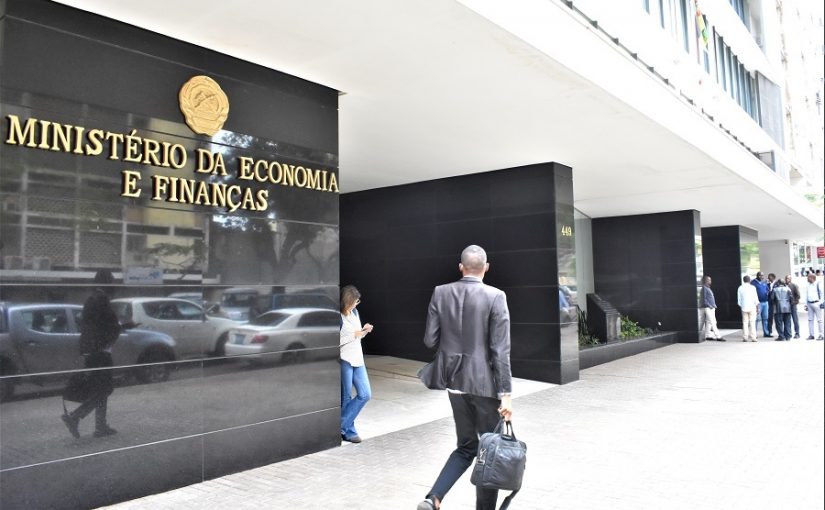Mozambique: Road budgeted at 4.3 million dollars inaugurated in Matola
Mozambique: Government wants to halve weight of debt in GDP by 2027

File photo: Notícias
The Mozambican government recognises that debt servicing represents a “source of pressure” on public accounts, but plans to reduce the amount of debt in relation to Gross Domestic Product (GDP) by almost half by 2027.
“A downward trend in the public debt stock in relation to GDP is forecast for the next three years, combined with a positive primary balance, which will continue to strengthen the country’s financial position. This trend reflects the medium-term fiscal policy and strategy, which persistently seeks primary surpluses,” reads the Medium-Term Fiscal Scenario (MTFS) until 2027.
According to the document, approved this month by the Cabinet and to which the Lusa news agency had access, the government recognises that “despite the positive trend towards strengthening the country’s fiscal position”, debt servicing and financial operations “will continue to be a source of pressure in 2024”.
“They are expected to remain at peak levels until 2026,” it points out, admitting that 60% of spending “will be allocated to domestic debt and 40% to external debt.”
In 2026, the Mozambican government forecasts a peak in domestic and foreign debt repayments of 82,553 million meticais (€1.205 billion).
“This pressure is mainly influenced by the maturity and consequent repayment in full or in instalments of the principal on treasury bonds between 2024 and 2026. However, this pressure is expected to begin to diminish in the medium term, as the need to issue domestic public debt to finance treasury deficits is expected to decrease, promoting more efficient debt management,” it reads.
Additionally, it adds, the government “intends to prioritise” the use of Treasury Bonds (OT), with longer maturities, to the detriment of Treasury Bills (BT), which are for a maximum of one year, “which could extend the debt profile and reduce refinancing costs”.
“With these measures, a significant reduction in the proportion of domestic public debt in relation to GDP is expected by 2027, thus strengthening the country’s financial position,” says the document, recognising that debt service on the external component “may remain stationary until 2027, and should grow with the start of Eurobond MOZAM repayments.”
According to the document, the public debt ratio “improved in 2023, falling to 73.8% of GDP compared to 78.6% in 2022”, a reduction that represents “a positive indicator for the country’s fiscal sustainability, suggesting that the economy is growing at a faster rate than debt”.
“This strengthens the government’s ability to honour its debt commitments in the long term. This ratio is made up of 73.8% Central Government debt and 2.9% State Business Sector debt,” it says.
By 2027, the government hopes to reduce the public debt stock to a ratio of 47.2% of GDP.
The Medium-Term Fiscal Scenario was drawn up by the government with the aim of “translating strategic development objectives into realistic and sustainable financial projections”, providing “a solid basis for decision-making and the efficient allocation of resources”.
“By projecting public income and expenditure for the next three years, financial challenges and investment opportunities can be identified that will help guide effective policies and the efficient allocation of resources.”
The government estimates that, with measures on the tax revenue side and on the operating expenditure side, it will generate gains of 8,683 million meticais (€126.8 million) in 2025, which will rise to 16,735 million meticais (€244.4 million) the following year and to 21,617 million meticais (€315.6 million) in 2027.












Leave a Reply
Be the First to Comment!
You must be logged in to post a comment.
You must be logged in to post a comment.